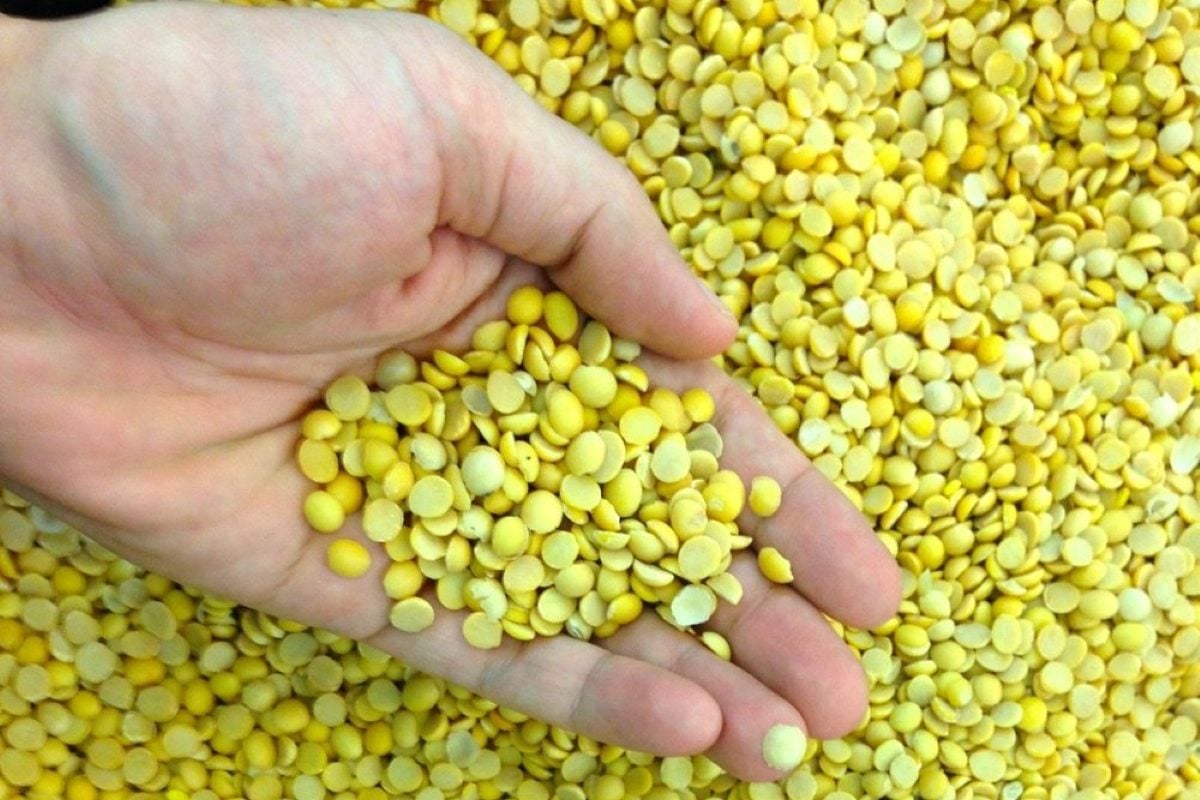(Resource News International) — Canada continues to be shut out of moving canola seed to China, with no progress on lessening the current restrictions or in obtaining import permits, according to the Canola Council of Canada.
Canada exported 2.8 million tonnes of canola to China in 2008-09, and the country had been poised to be another large customer in 2009-10.
However, Canadian canola has been shut out of China since new import requirements from the country went into effect on Nov. 15. China is now only allowing canola shipments infected with the common blackleg fungus into a few select ports, far away from the country’s own canola growing and processing areas.
Read Also

Pulse Weekly: India imposes 30 per cent tariff on yellow peas
Pulse Canada is quite unhappy with the Indian government’s recent move to slap a 30 per cent tariff on its yellow pea imports, said the pulse organization’s board chair Terry Youzwa.
However, import permits are required to move canola into those ports, and none have been issued so far, according to export officials.
Federal Agriculture Minister Gerry Ritz and Prime Minister Stephen Harper met with Chinese officials in early December and brought up the issue of the restrictions on Canadian canola at that time.
However, the senior government discussions failed to result in any concrete solutions to the problem.
“It’s very frustrating that there hasn’t been any movement” since that time, said JoAnne Buth, president of the Winnipeg-based Canola Council, on Thursday.
Chinese buyers have applied for import permits, but to date there have been no permits issued, she said.
“It’s a continuing source of confusion and frustration,” Buth said, adding that “nothing has really changed since Nov. 15.”
Buth said the council would continue to ask the government to “push hard” for a solution with their Chinese counterparts.
In the meantime, however, Canada’s canola export program to other destinations remains robust, she said, citing business to Japan, Mexico, Dubai and other customers.
However, there is still a fairly large crop to work with and Buth said she expects the absence of China will likely lead to an increased carryout at the end of the 2009-10 crop year.















